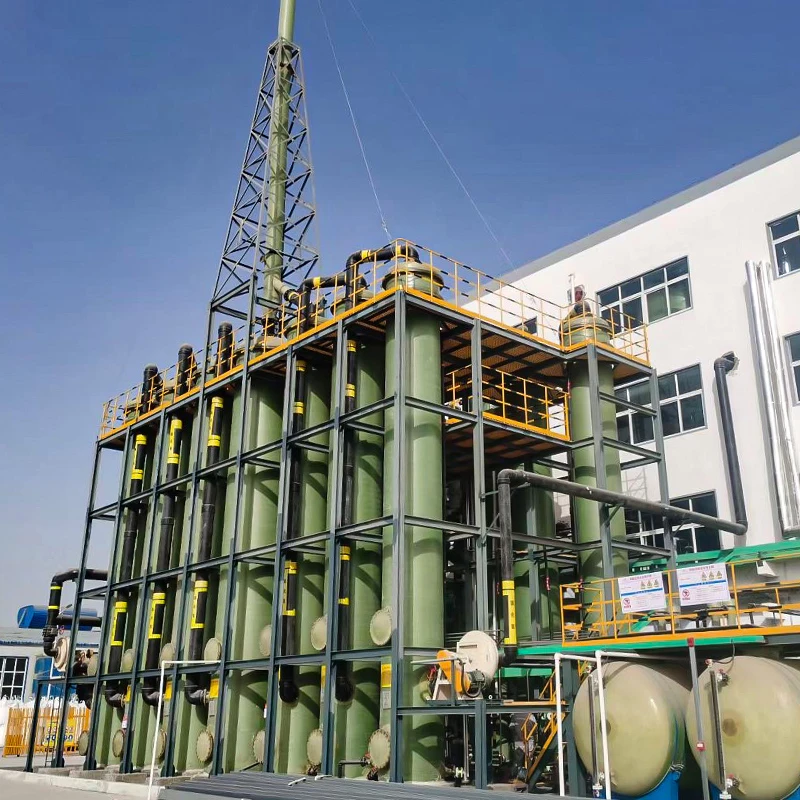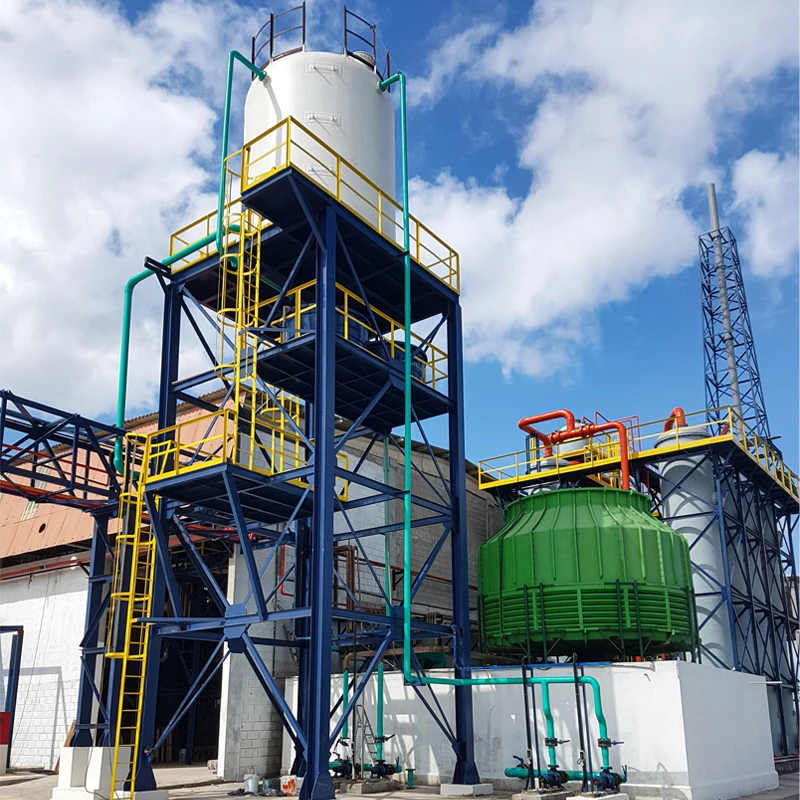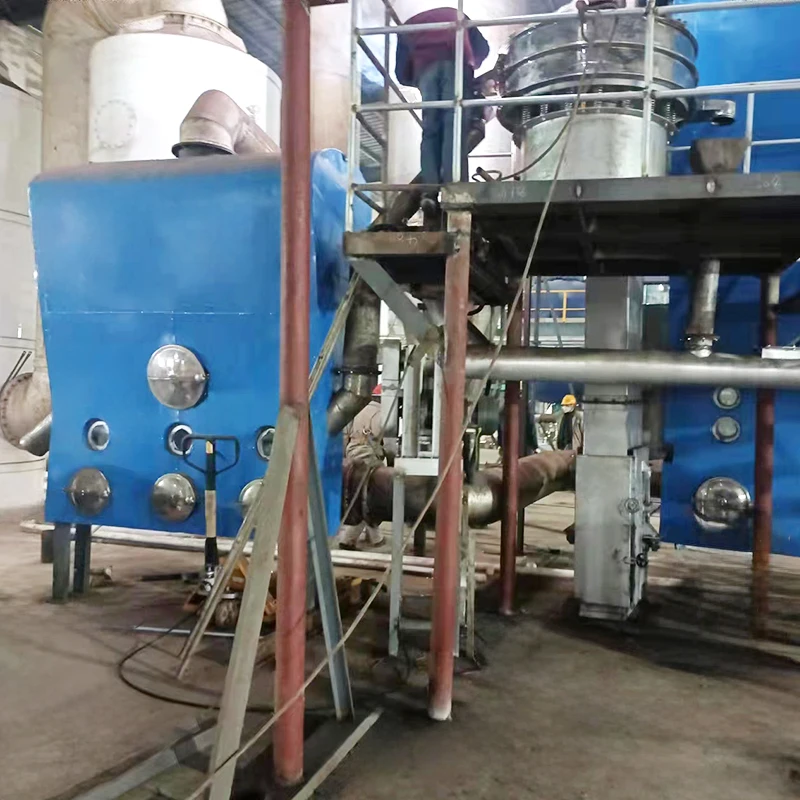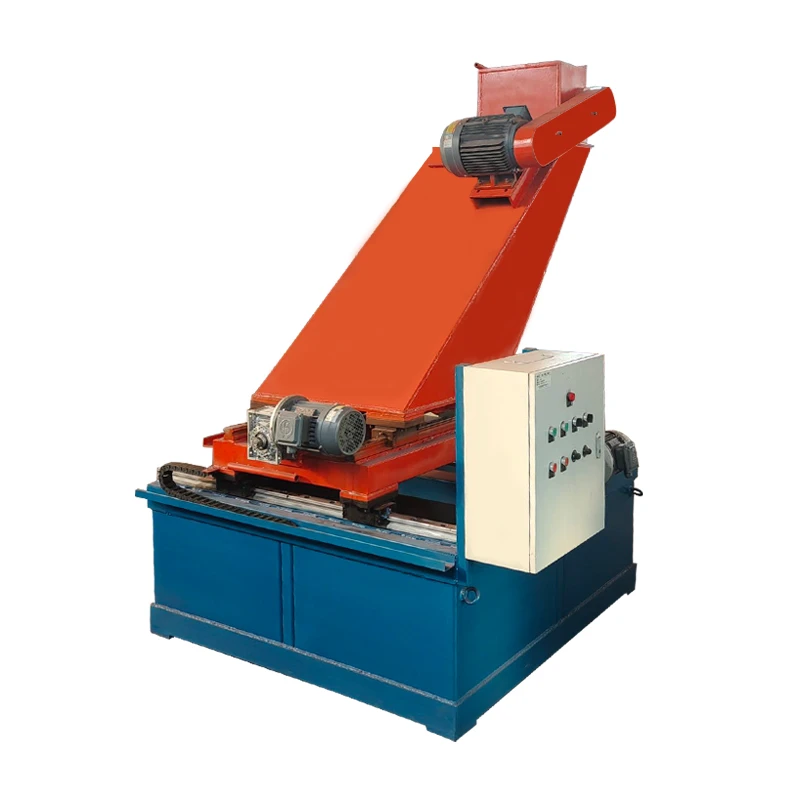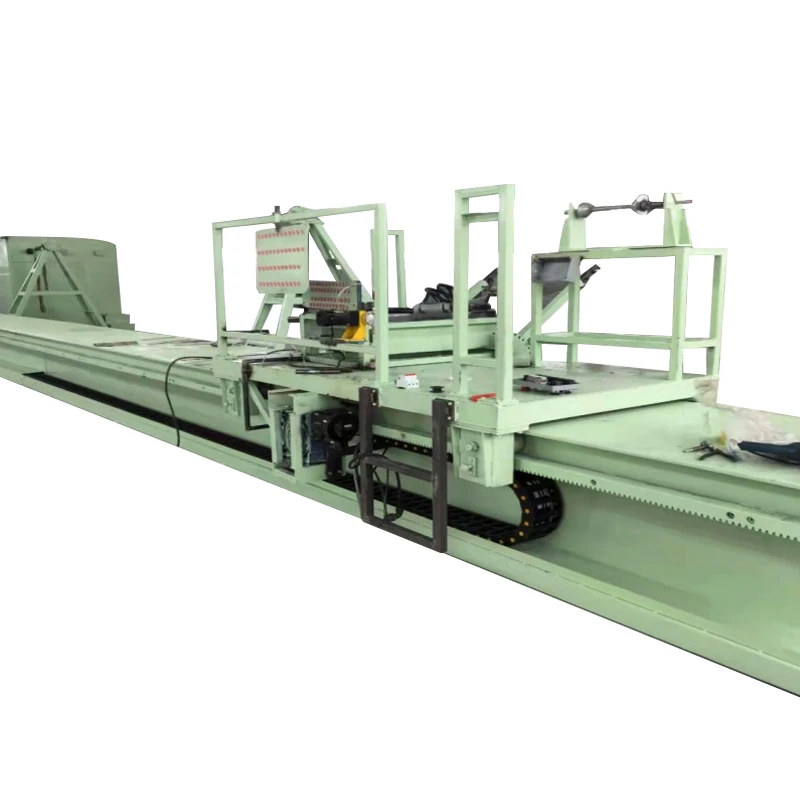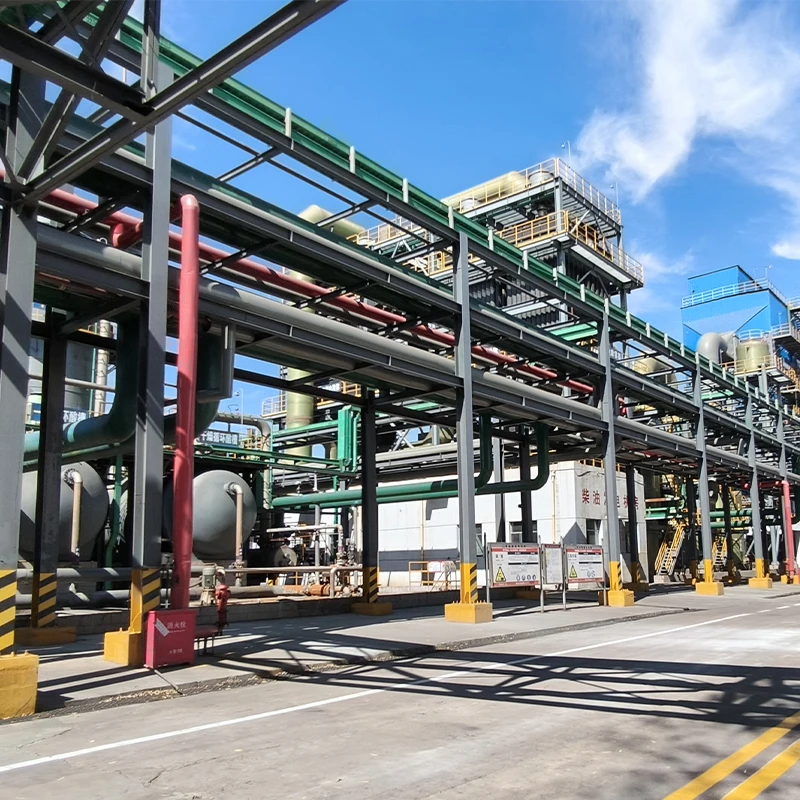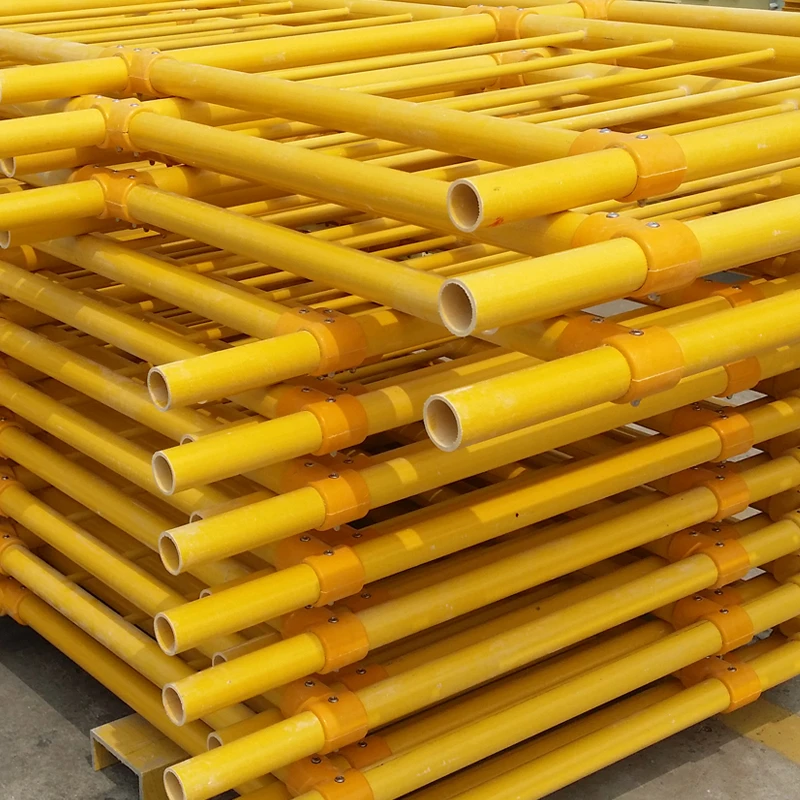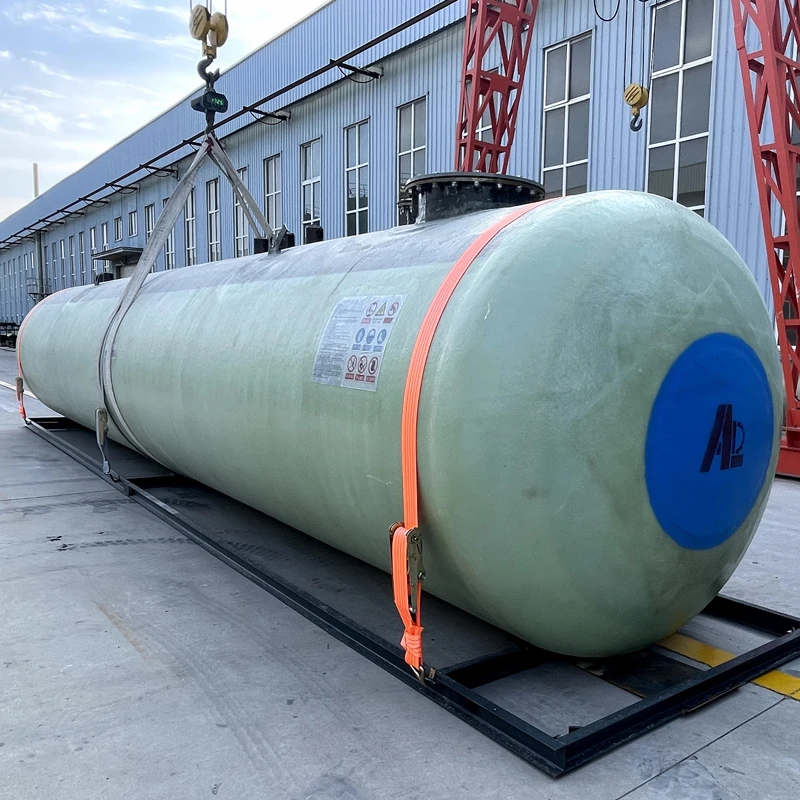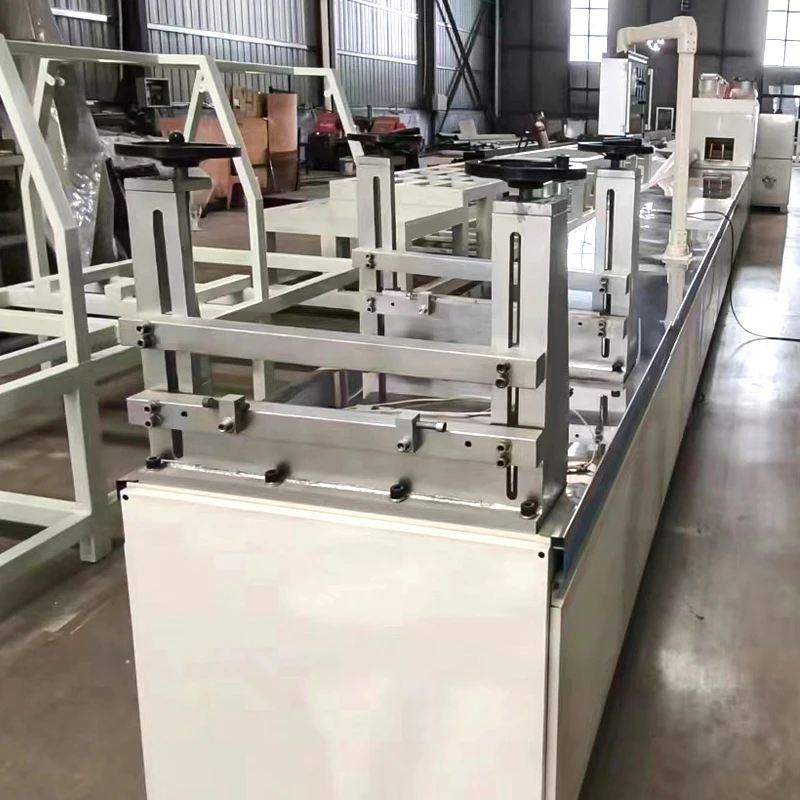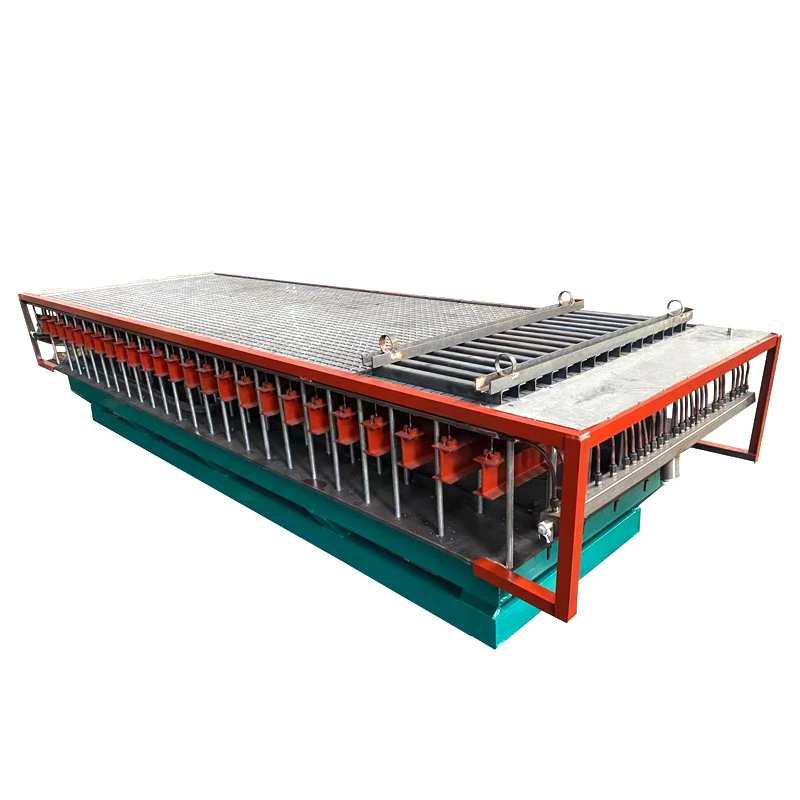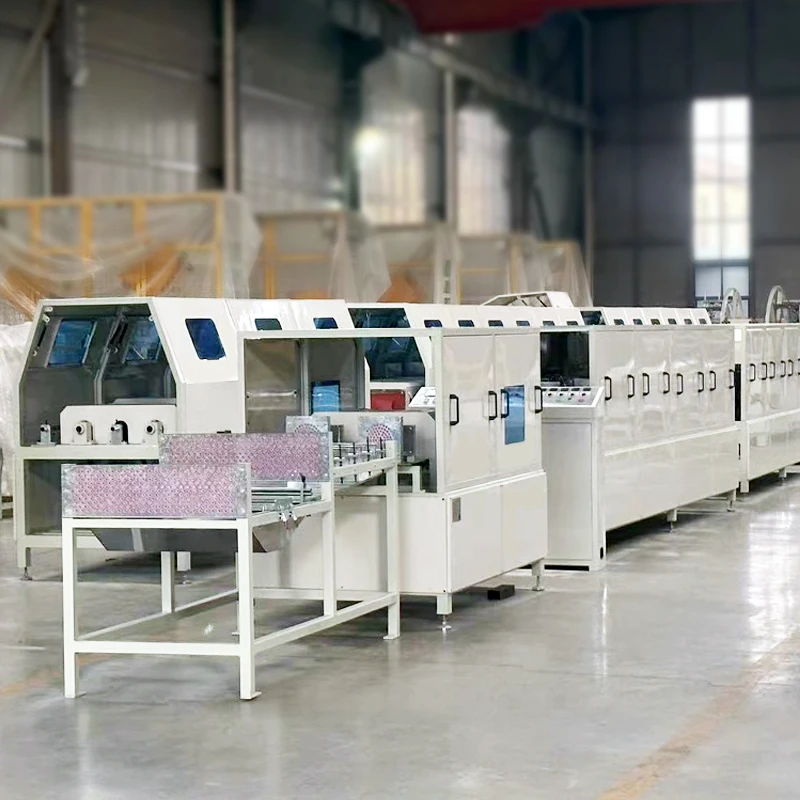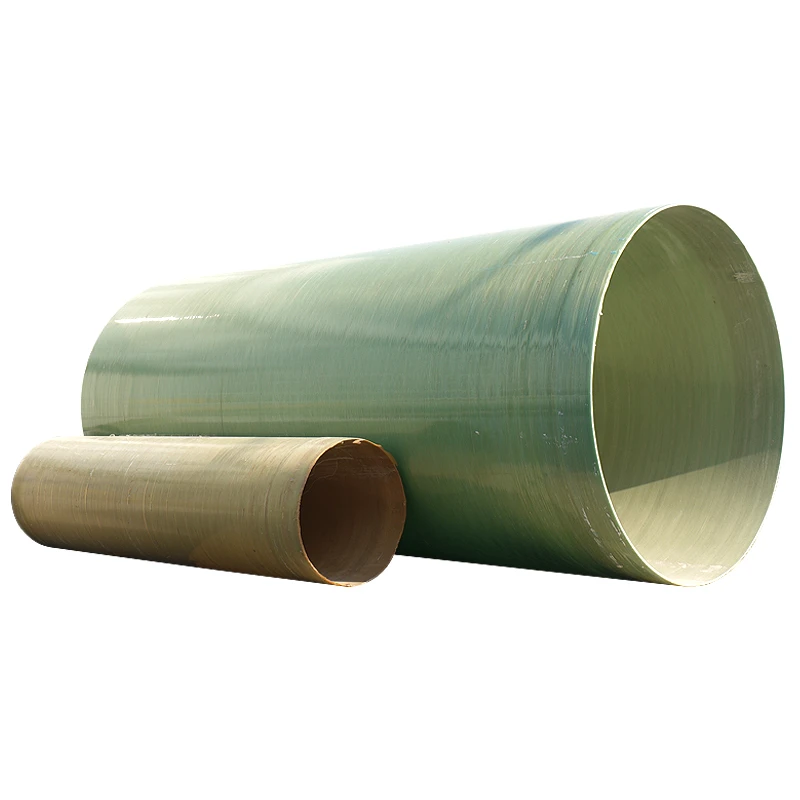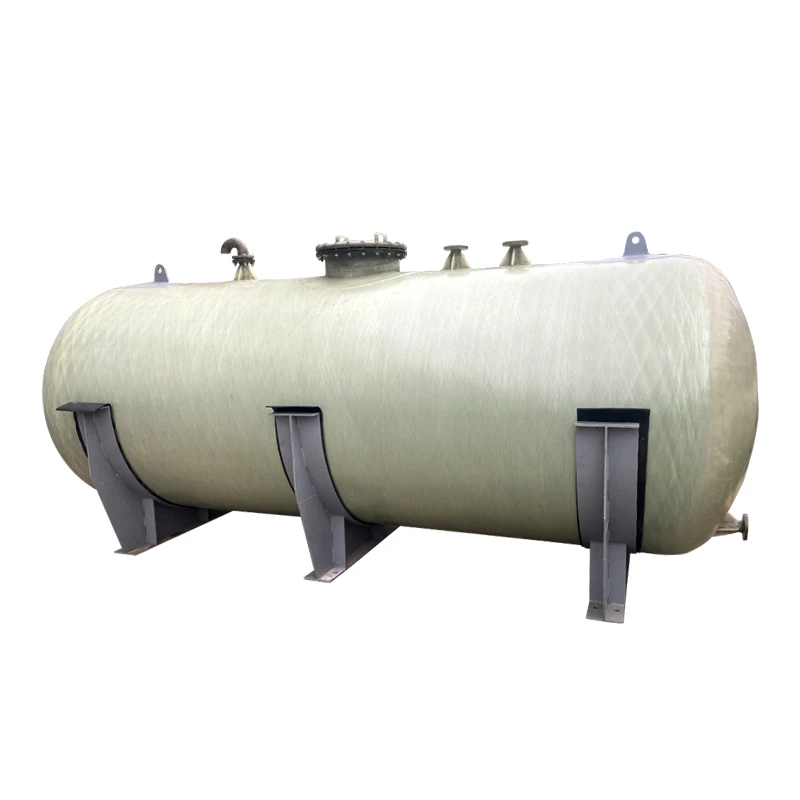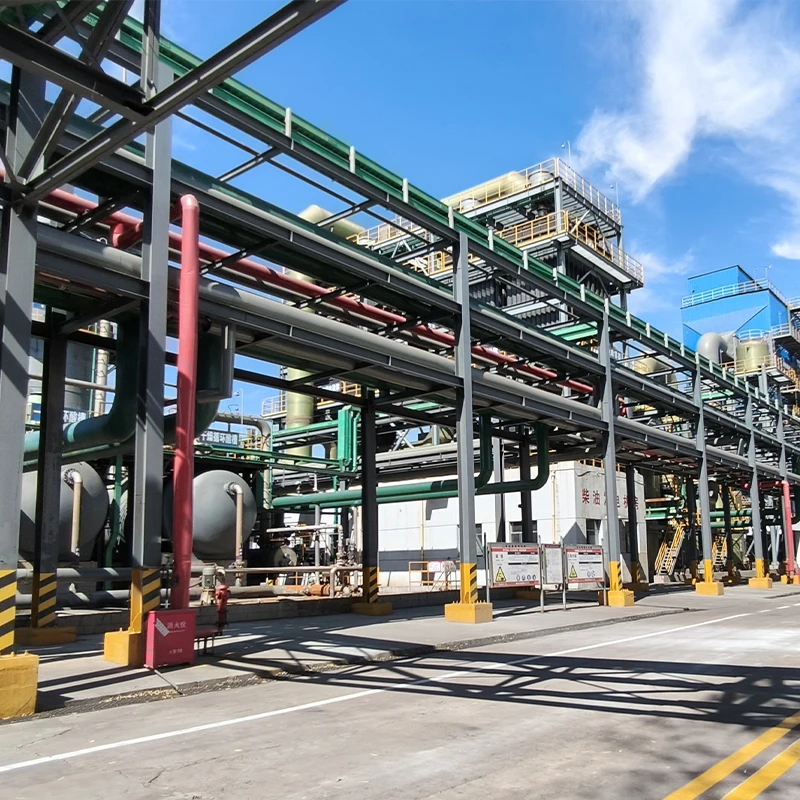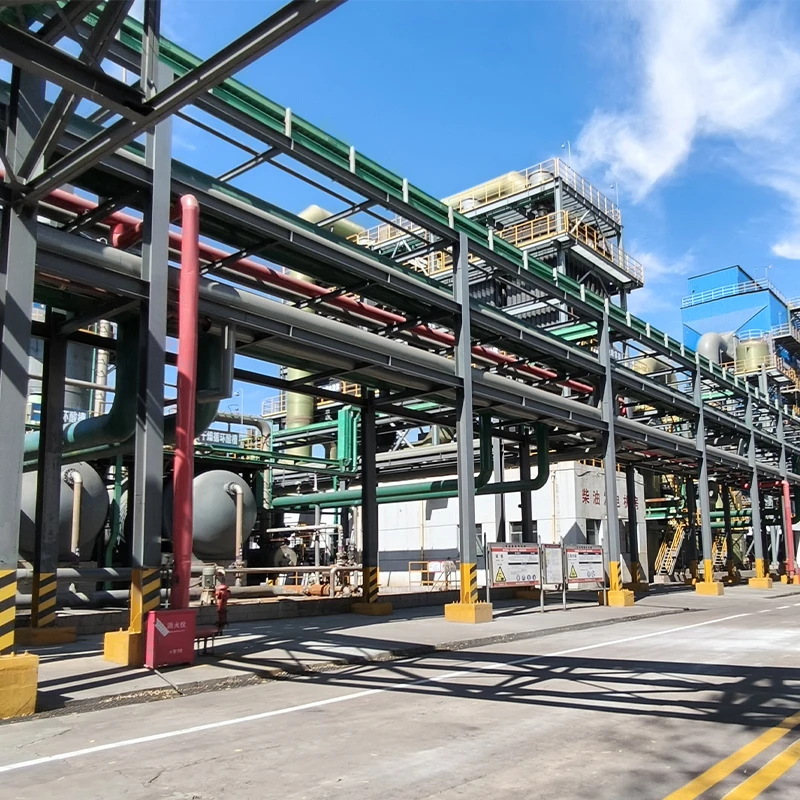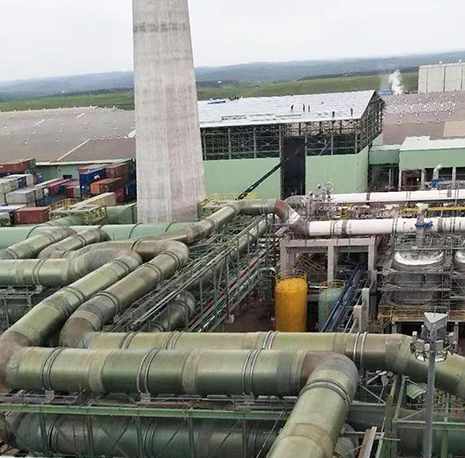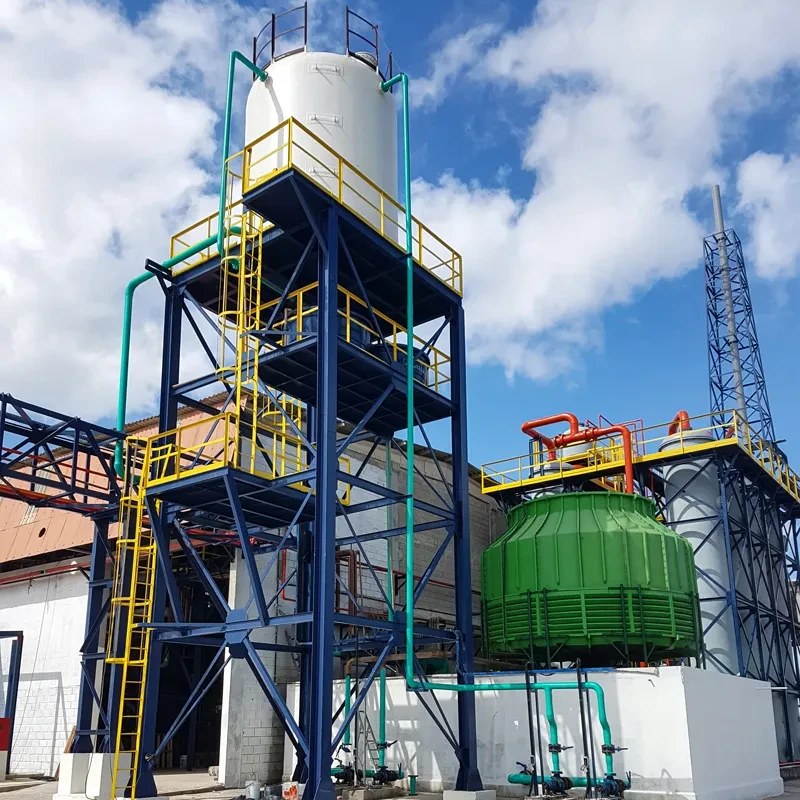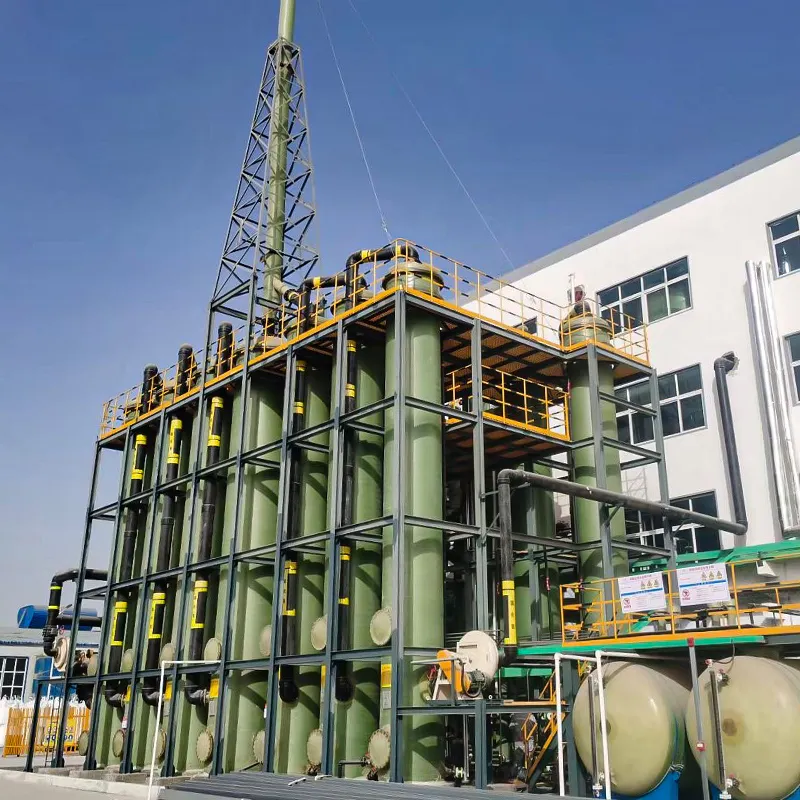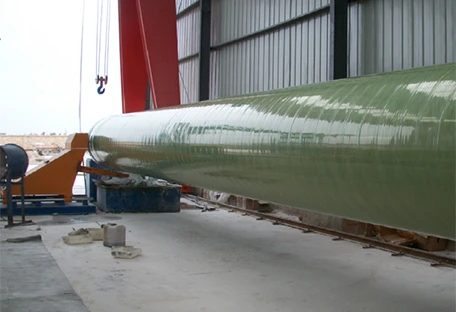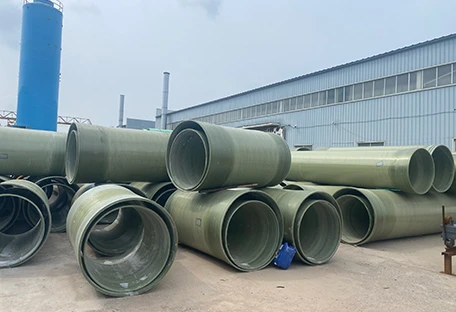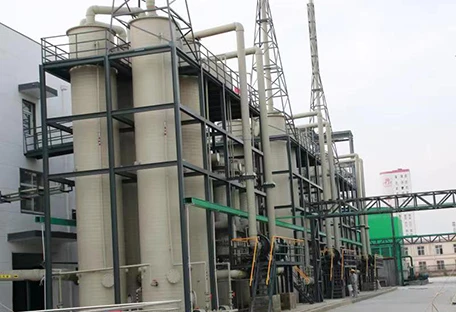Industrial Liquid & Chemical Storage Tanks Durable Fiberglass Solutions
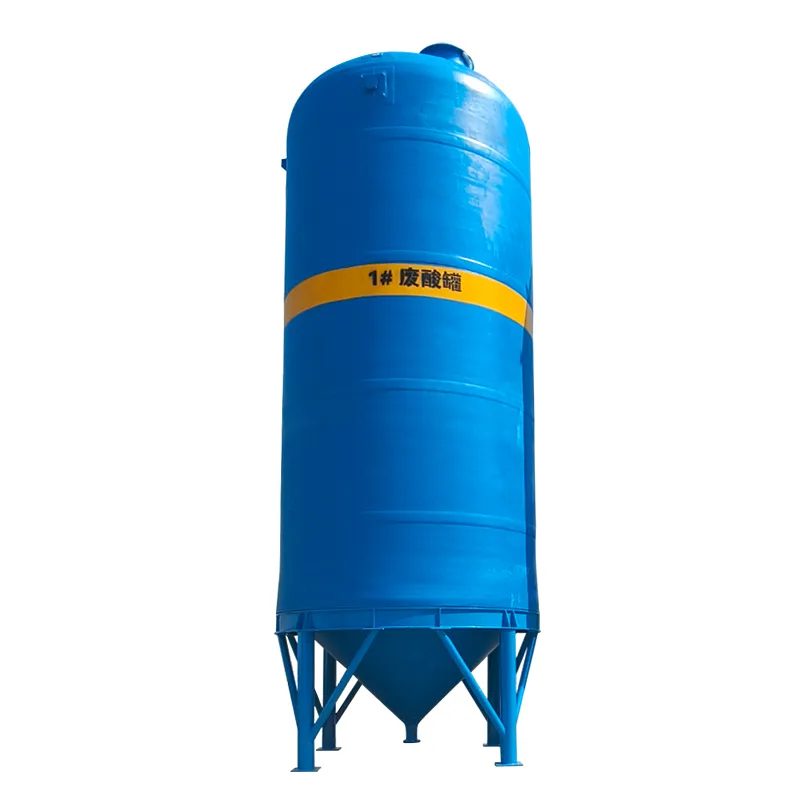
(industrial liquid storage tanks)
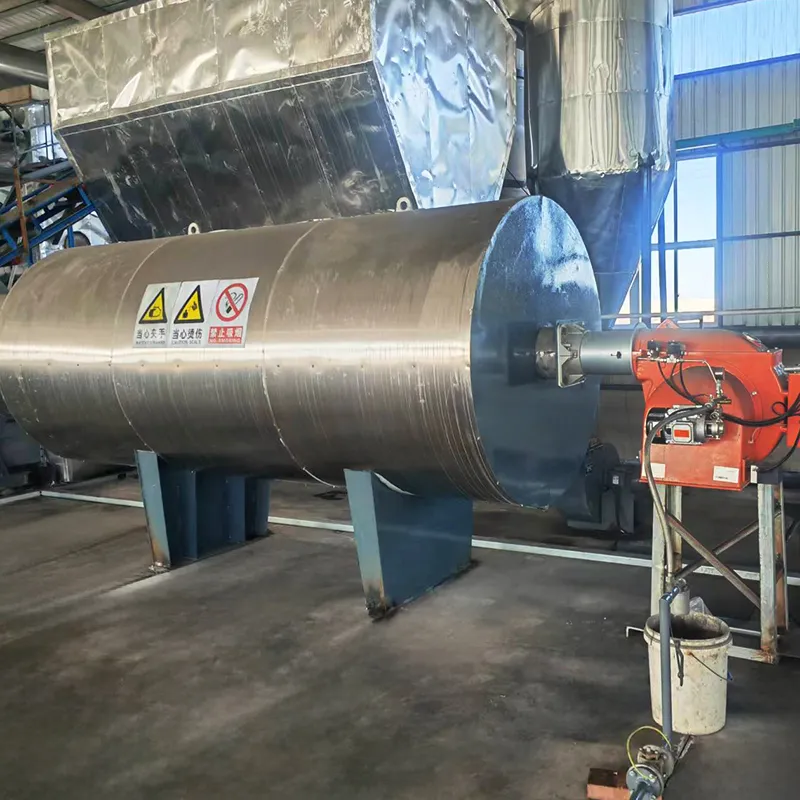
(industrial liquid storage tanks)
FAQS on industrial liquid storage tanks
Q: What materials are commonly used for industrial liquid storage tanks?
A: Industrial liquid storage tanks are typically made from materials like stainless steel, polyethylene, or fiberglass. Fiberglass tanks offer corrosion resistance, while steel provides durability for heavy-duty applications. Material choice depends on the stored liquid's chemical properties.
Q: How do industrial chemical storage tanks prevent leaks?
A: Industrial chemical storage tanks use double-walled construction, corrosion-resistant coatings, and leak detection systems. Regular inspections and compliance with standards like API 650 ensure integrity. Fiberglass tanks are particularly effective for corrosive chemicals.
Q: What maintenance is required for industrial fiberglass tanks?
A: Industrial fiberglass tanks require periodic visual inspections for cracks or delamination. Cleaning to prevent residue buildup and checking fittings/seals are essential. They need less maintenance than metal tanks due to inherent corrosion resistance.
Q: Are industrial liquid storage tanks suitable for extreme temperatures?
A: Yes, tanks can be designed for extreme temperatures using insulation or specialized materials. Fiberglass tanks perform well in both high and low-temperature ranges. Always verify the manufacturer's temperature rating for specific liquids.
Q: What distinguishes industrial fiberglass tanks from steel chemical tanks?
A: Fiberglass tanks are lightweight, corrosion-proof, and ideal for acidic/alkaline chemicals. Steel tanks excel in high-pressure scenarios but require protective coatings. Fiberglass often has lower lifecycle costs due to minimal maintenance needs (ASTM D4097 standards).

